Gerardo Roa Dabike
The first Cadenza challenges: using machine learning competitions to improve music for listeners with a hearing loss
Sep 08, 2024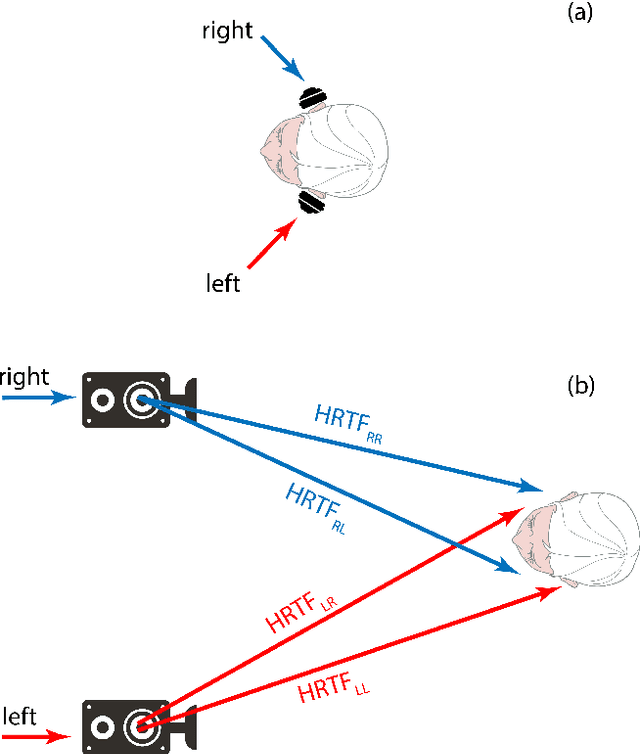
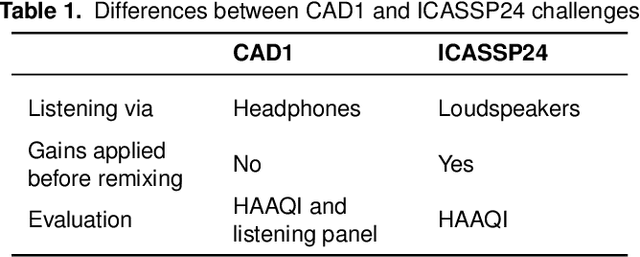


Abstract:It is well established that listening to music is an issue for those with hearing loss, and hearing aids are not a universal solution. How can machine learning be used to address this? This paper details the first application of the open challenge methodology to use machine learning to improve audio quality of music for those with hearing loss. The first challenge was a stand-alone competition (CAD1) and had 9 entrants. The second was an 2024 ICASSP grand challenge (ICASSP24) and attracted 17 entrants. The challenge tasks concerned demixing and remixing pop/rock music to allow a personalised rebalancing of the instruments in the mix, along with amplification to correct for raised hearing thresholds. The software baselines provided for entrants to build upon used two state-of-the-art demix algorithms: Hybrid Demucs and Open-Unmix. Evaluation of systems was done using the objective metric HAAQI, the Hearing-Aid Audio Quality Index. No entrants improved on the best baseline in CAD1 because there was insufficient room for improvement. Consequently, for ICASSP24 the scenario was made more difficult by using loudspeaker reproduction and specified gains to be applied before remixing. This also made the scenario more useful for listening through hearing aids. 9 entrants scored better than the the best ICASSP24 baseline. Most entrants used a refined version of Hybrid Demucs and NAL-R amplification. The highest scoring system combined the outputs of several demixing algorithms in an ensemble approach. These challenges are now open benchmarks for future research with the software and data being freely available.
The First Cadenza Signal Processing Challenge: Improving Music for Those With a Hearing Loss
Oct 09, 2023Abstract:The Cadenza project aims to improve the audio quality of music for those who have a hearing loss. This is being done through a series of signal processing challenges, to foster better and more inclusive technologies. In the first round, two common listening scenarios are considered: listening to music over headphones, and with a hearing aid in a car. The first scenario is cast as a demixing-remixing problem, where the music is decomposed into vocals, bass, drums and other components. These can then be intelligently remixed in a personalized way, to increase the audio quality for a person who has a hearing loss. In the second scenario, music is coming from car loudspeakers, and the music has to be enhanced to overcome the masking effect of the car noise. This is done by taking into account the music, the hearing ability of the listener, the hearing aid and the speed of the car. The audio quality of the submissions will be evaluated using the Hearing Aid Audio Quality Index (HAAQI) for objective assessment and by a panel of people with hearing loss for subjective evaluation.
The Cadenza ICASSP 2024 Grand Challenge
Oct 05, 2023


Abstract:The Cadenza project aims to enhance the audio quality of music for individuals with hearing loss. As part of this, the project is organizing the ICASSP SP Cadenza Challenge: Music Demixing/Remixing for Hearing Aids. The challenge can be tackled by decomposing the music at the hearing aid microphones into vocals, bass, drums, and other components. These can then be intelligently remixed in a personalized manner to improve audio quality. Alternatively, an end-to-end approach could be used. Processes need to consider the music itself, the gain applied to each component, and the listener's hearing loss. The submitted entries will be evaluated using the intrusive objective metric, the Hearing Aid Audio Quality Index (HAAQI). This paper outlines the challenge.
The Use of Voice Source Features for Sung Speech Recognition
Feb 23, 2021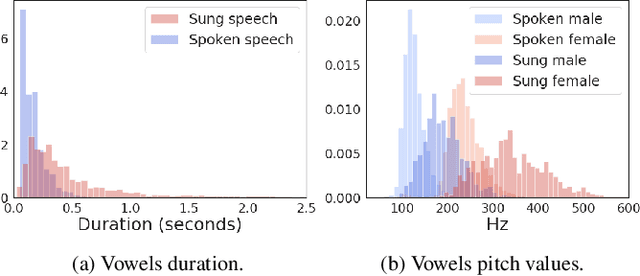

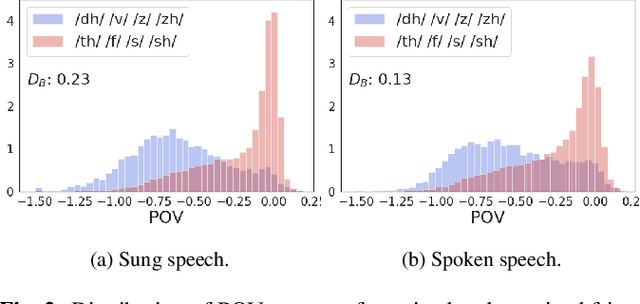
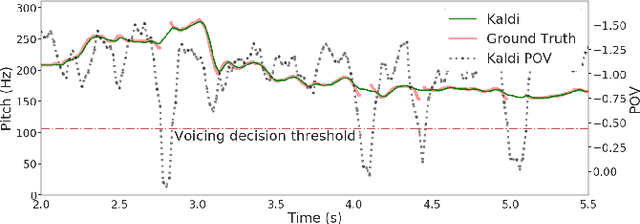
Abstract:In this paper, we ask whether vocal source features (pitch, shimmer, jitter, etc) can improve the performance of automatic sung speech recognition, arguing that conclusions previously drawn from spoken speech studies may not be valid in the sung speech domain. We first use a parallel singing/speaking corpus (NUS-48E) to illustrate differences in sung vs spoken voicing characteristics including pitch range, syllables duration, vibrato, jitter and shimmer. We then use this analysis to inform speech recognition experiments on the sung speech DSing corpus, using a state of the art acoustic model and augmenting conventional features with various voice source parameters. Experiments are run with three standard (increasingly large) training sets, DSing1 (15.1 hours), DSing3 (44.7 hours) and DSing30 (149.1 hours). Pitch combined with degree of voicing produces a significant decrease in WER from 38.1% to 36.7% when training with DSing1 however smaller decreases in WER observed when training with the larger more varied DSing3 and DSing30 sets were not seen to be statistically significant. Voicing quality characteristics did not improve recognition performance although analysis suggests that they do contribute to an improved discrimination between voiced/unvoiced phoneme pairs.
 Add to Chrome
Add to Chrome Add to Firefox
Add to Firefox Add to Edge
Add to Edge